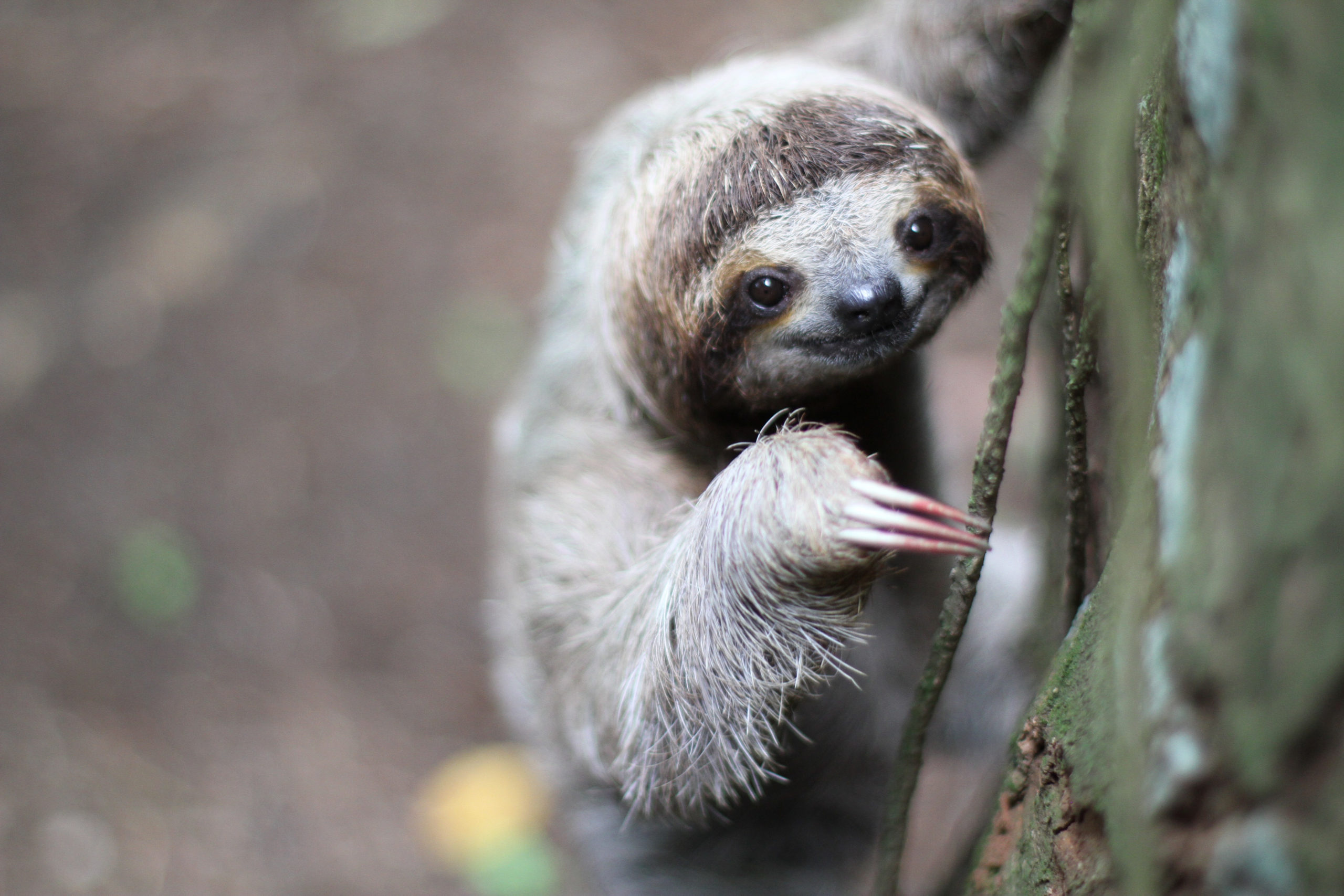Slow your roll: in August, the two-toed sloth and three-toed brown sloth, two of the six sloth species in the world, became national symbols of Costa Rica. Now that International Sloth Day is coming up (October 20), it’s the perfect time to learn how you can responsibly spot sloths in Costa Rica and how they are cared for at several wildlife sanctuaries in the country. —Vita Daily
sloth spotting. Of the six sloth species in the world, Costa Rica is home to two unendangered subspecies—the two-toed sloth and three-toed brown sloth. Both are typically spotted in tree canopies around the country, though they can be difficult to spot as their fur blends in well with the vegetation. While sloths can be spotted all throughout Costa Rica, Manuel Antonio National Park, Limón, Monteverde, the Osa Peninsula, Arenal, and Tortuguero are great places to start. It is recommended that travellers book tours with tourism board-approved, responsible and knowledgeable guides, who can easily spot sloths from a distance using a telescope. It is important to remember that petting, touching and holding a sloth (or any wild animal) in Costa Rica is illegal.
sloth safety. Travellers are invited to take photographs of Costa Rica’s wildlife, however, the Government of Costa Rica provides a series of recommendations to avoid cruelty to animals and support environmental conservation efforts in the country through its #StopAnimalSelfies campaign. The Government recommends that travellers avoid hugging or holding wild animals, as this promotes the exploitation of wildlife and can put the individual and animal in danger. Practice responsible tourism by keeping a safe distance from the animal when taking photos. By visiting wildlife rescue centers such as Rescate Wildlife Rescue Center, Kids Saving The Rainforest, Las Pumas Wildlife Sanctuary and Natuwa Wildlife Sanctuary, travellers can help sloths and other wild animals return to nature through extensive rehabilitation programs, where human contact is kept at a minimum and the animal learns to re-develop their natural instincts. If a sloth cannot be re-released back into the wild, the sanctuaries provide enclosures similar to their natural habitat and offer educational information to visitors on why an animal cannot be re-released, what their diet looks like and typical enrichment activities that support their care and quality of life in captivity.
sloth adoption. Several organizations and sanctuaries invite visitors to adopt a sloth or wild animal and support their rehabilitation. Travellers will receive an adoption certificate, as well as photos and updates on the animal.

Be the first to comment